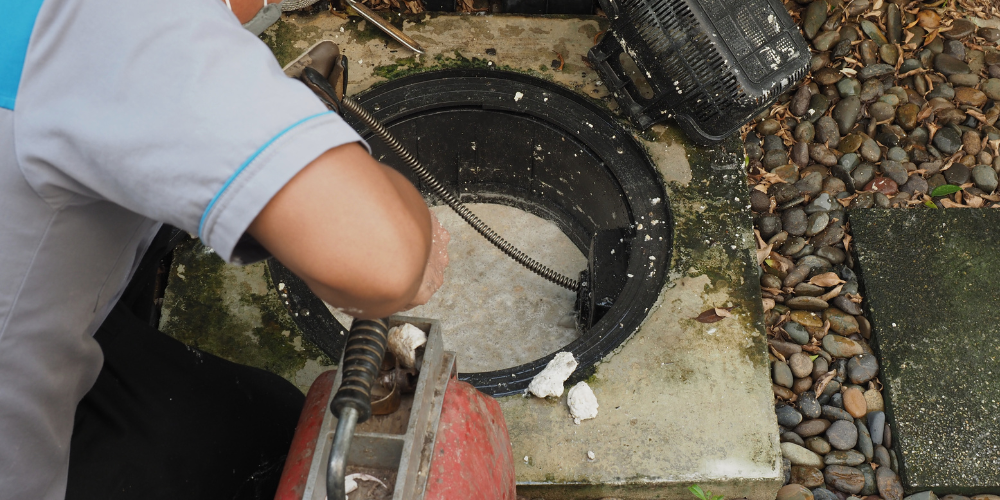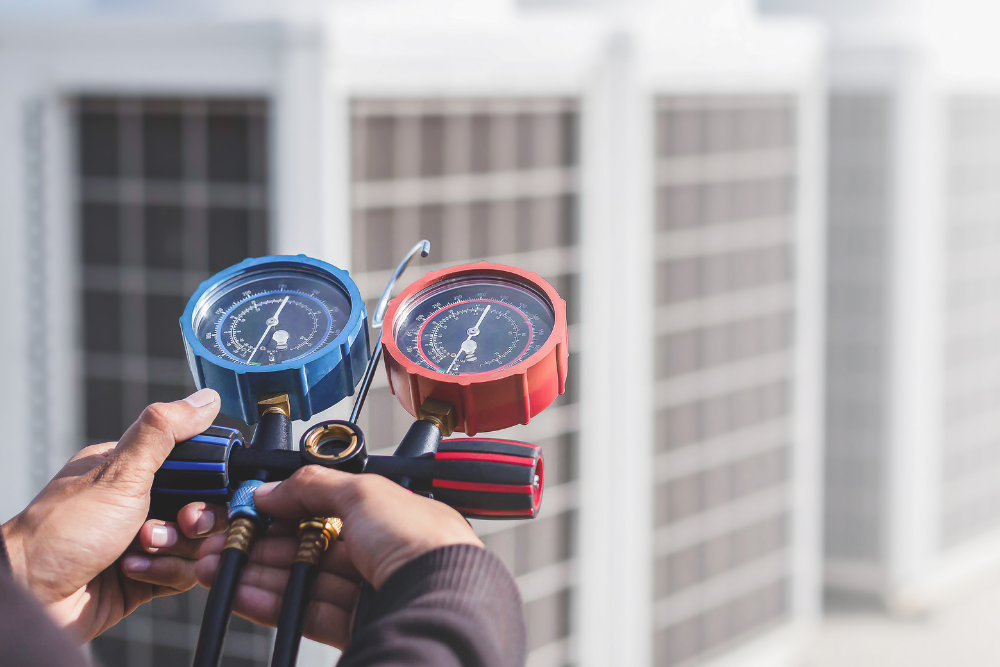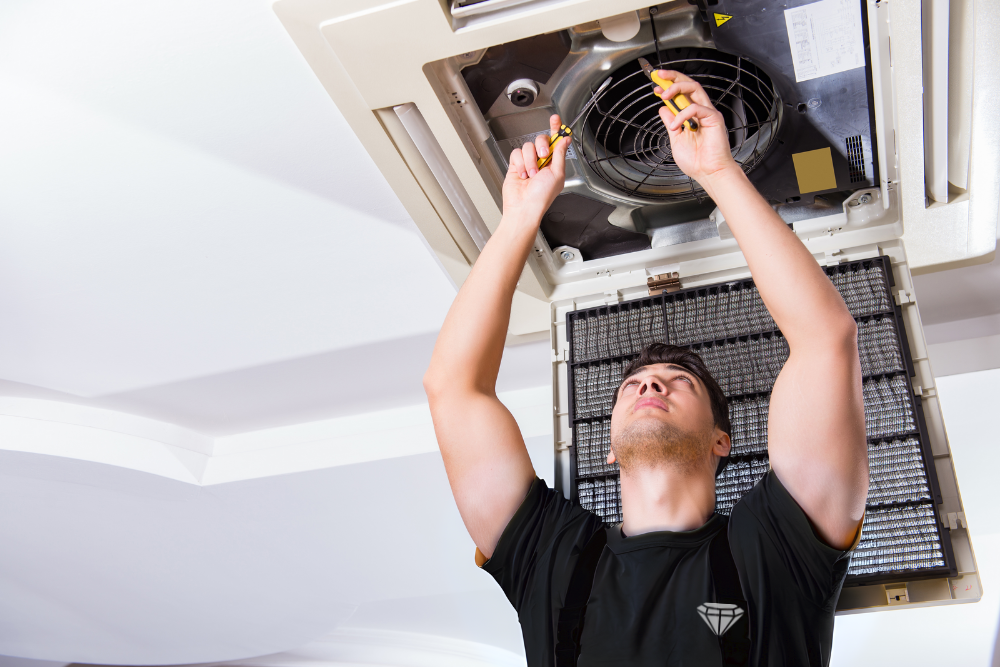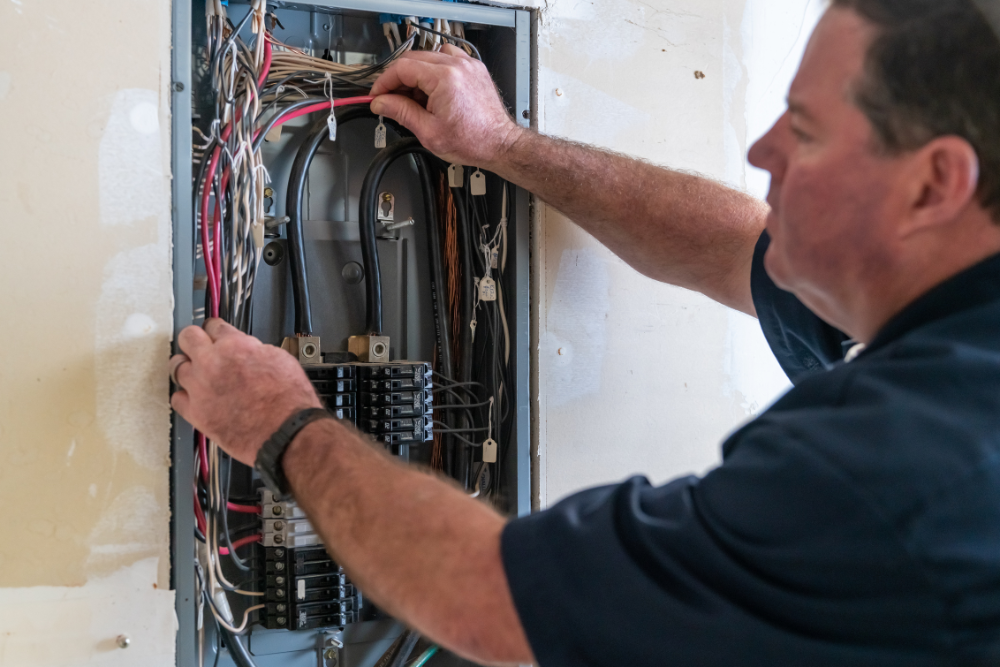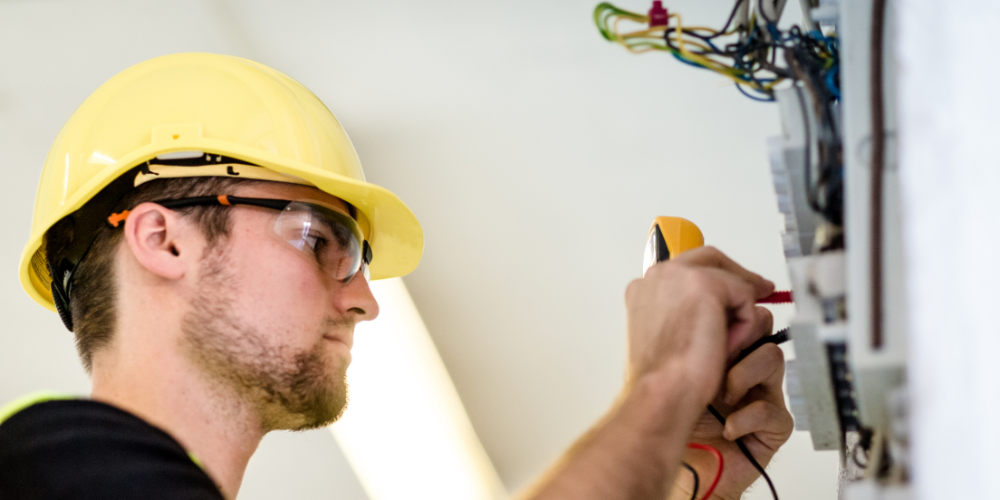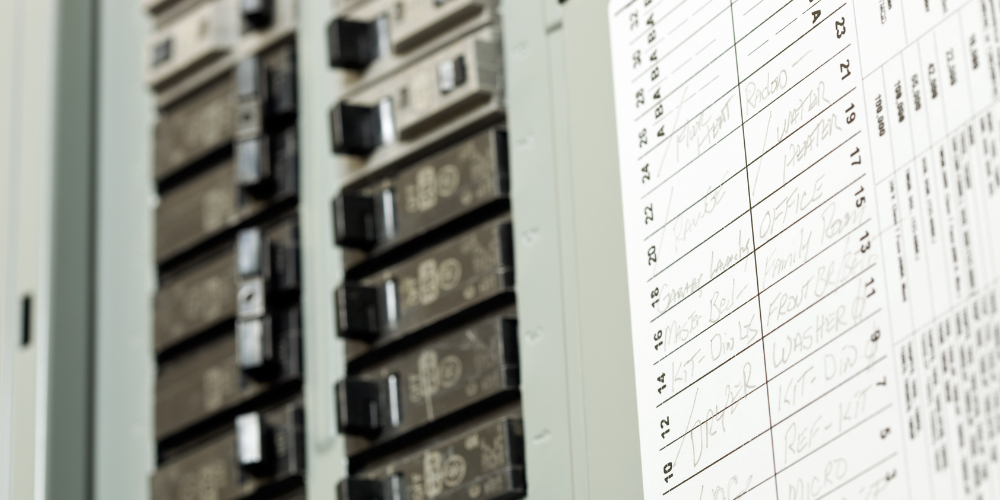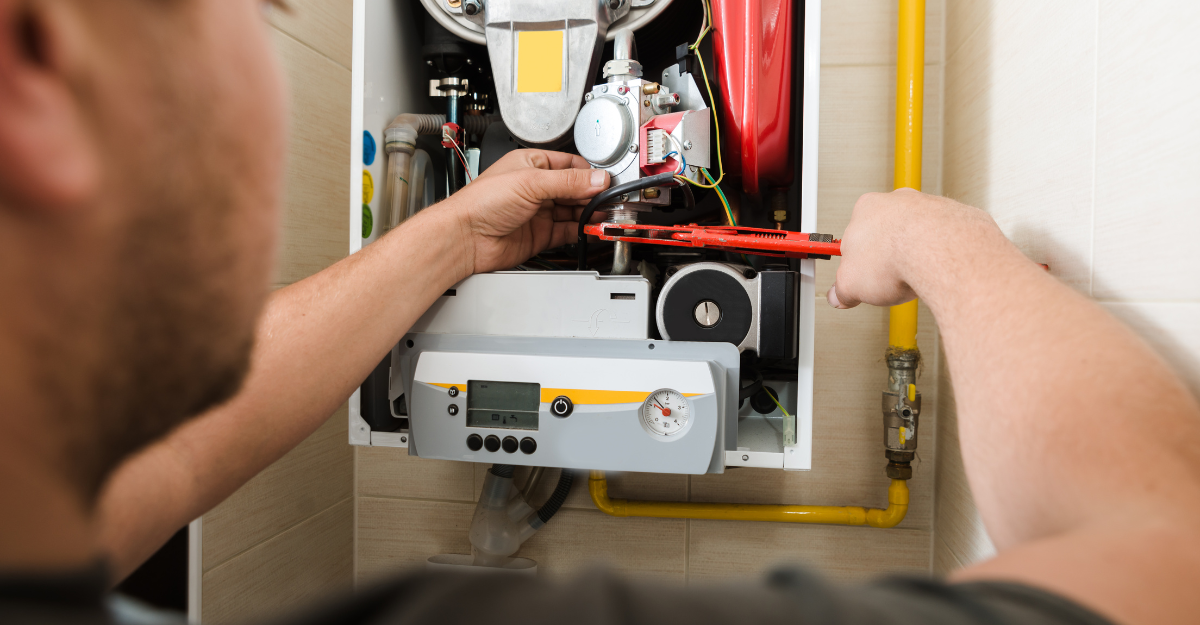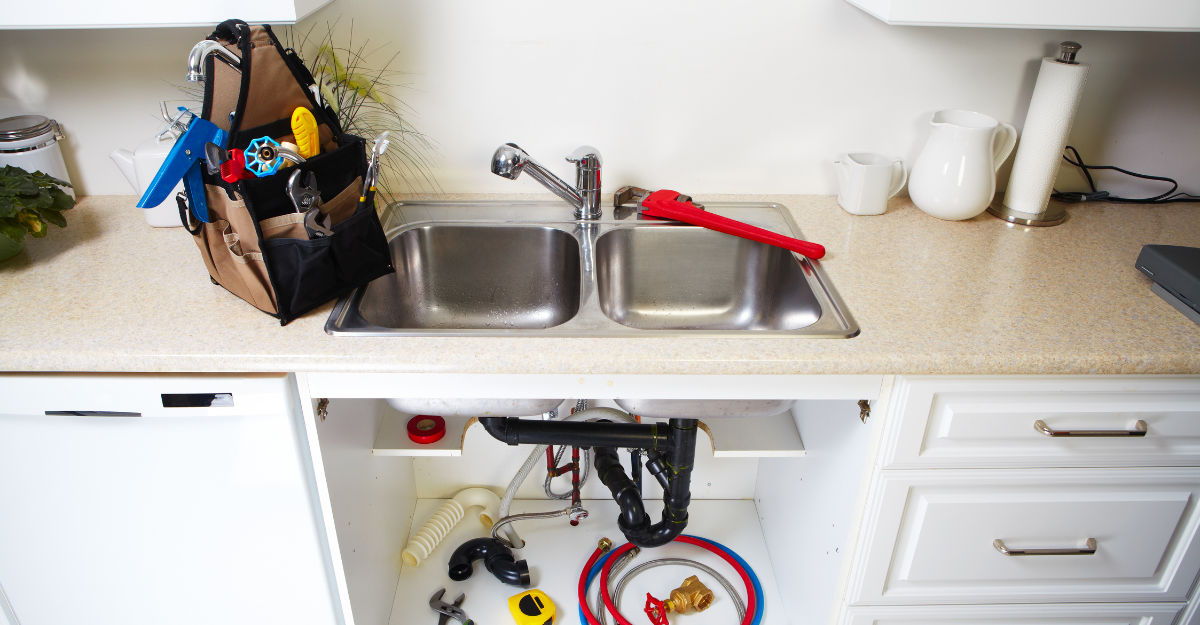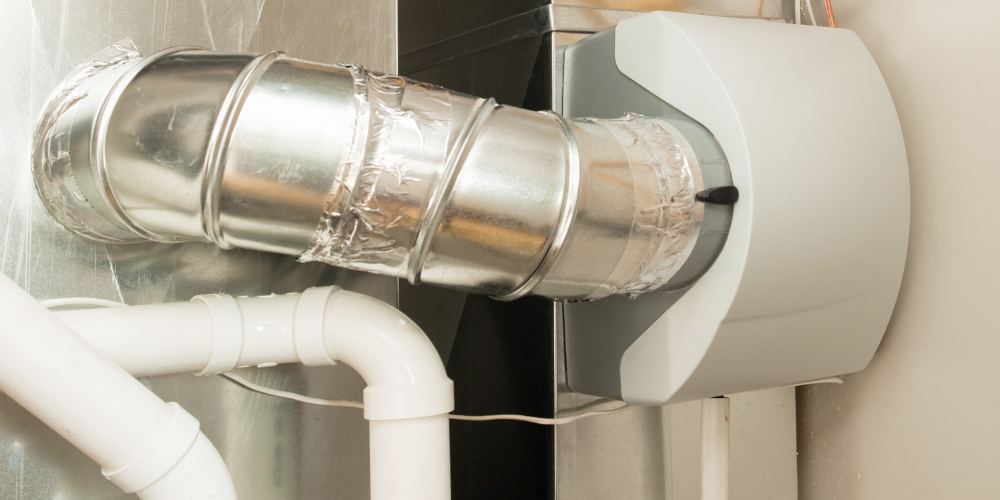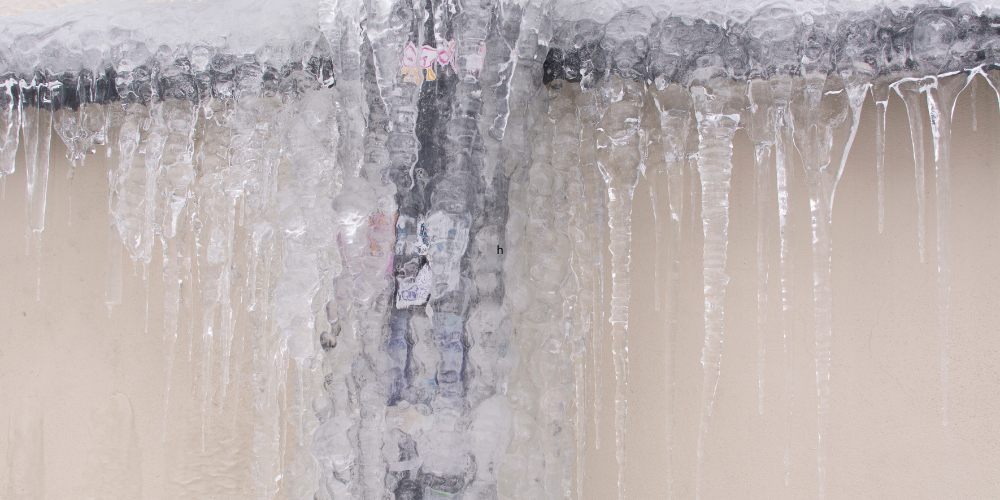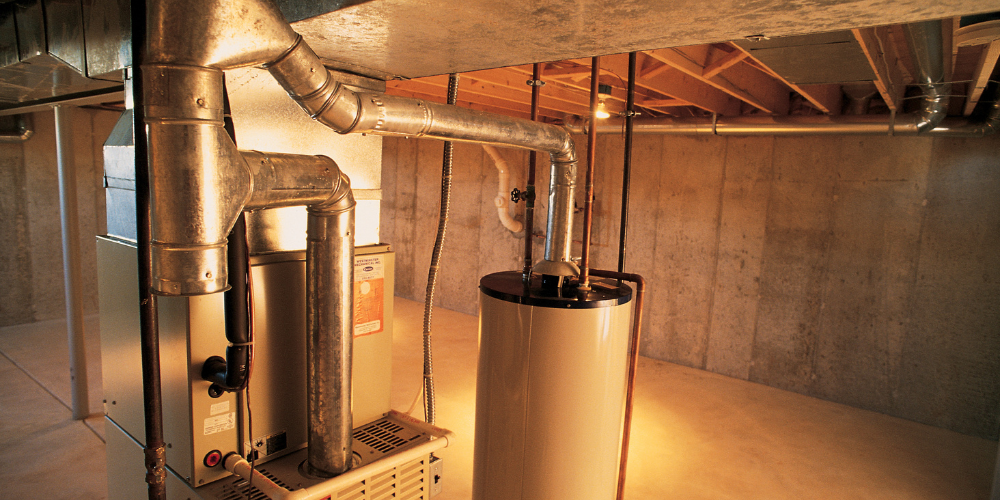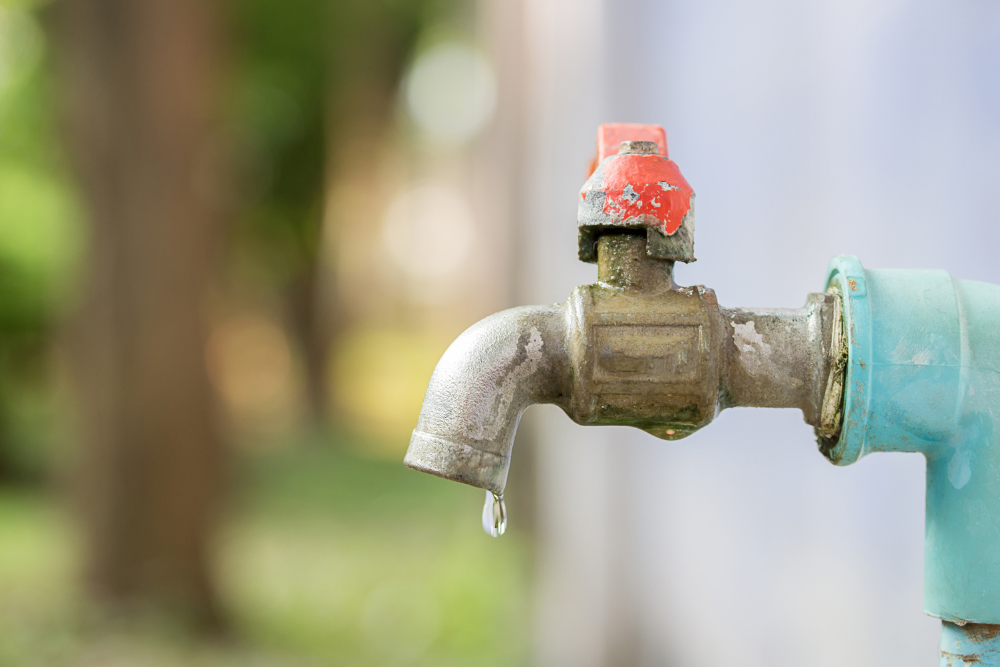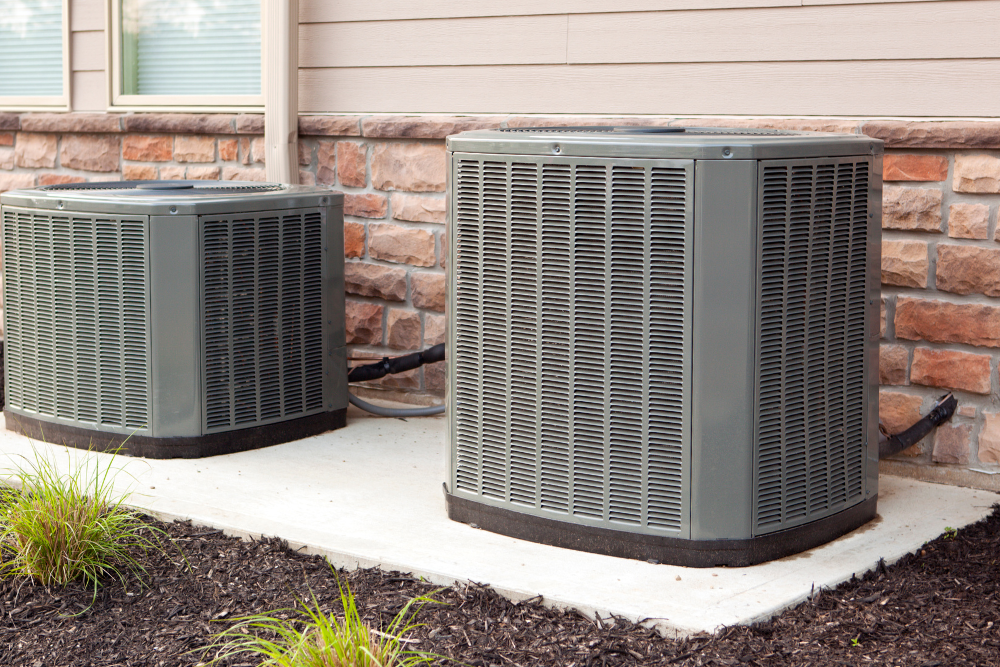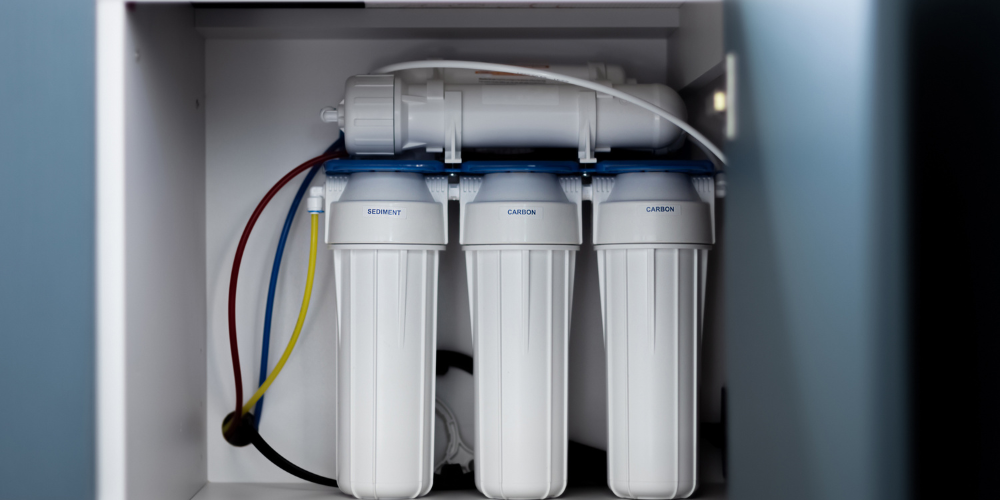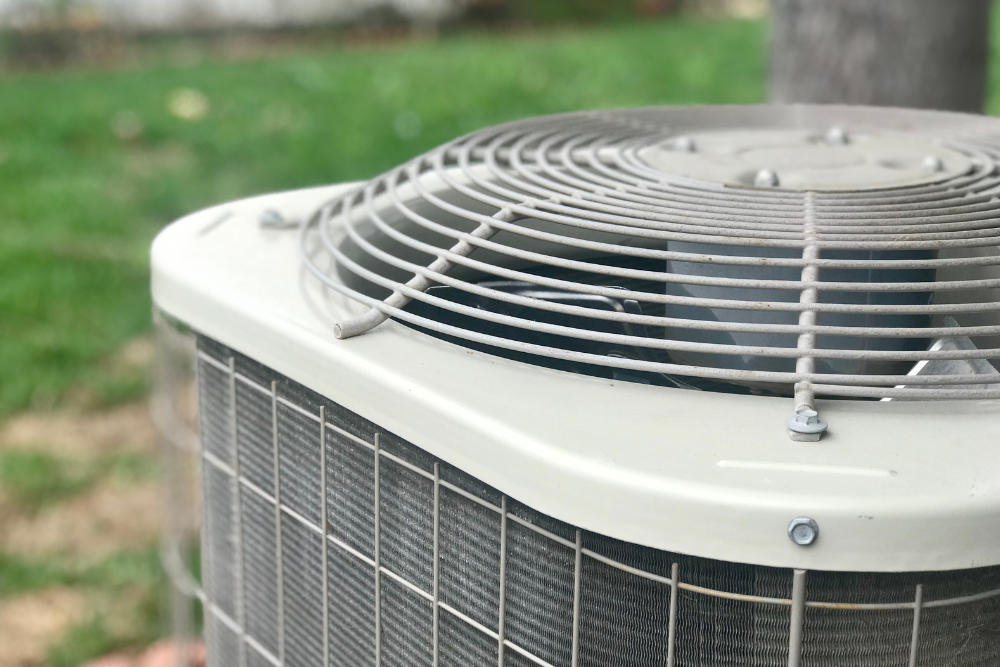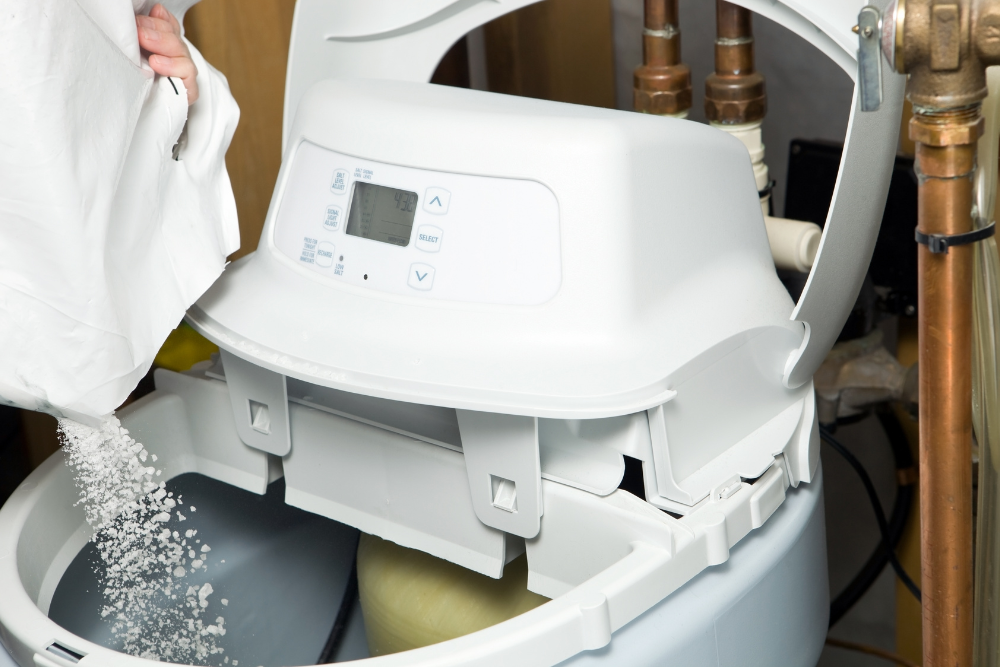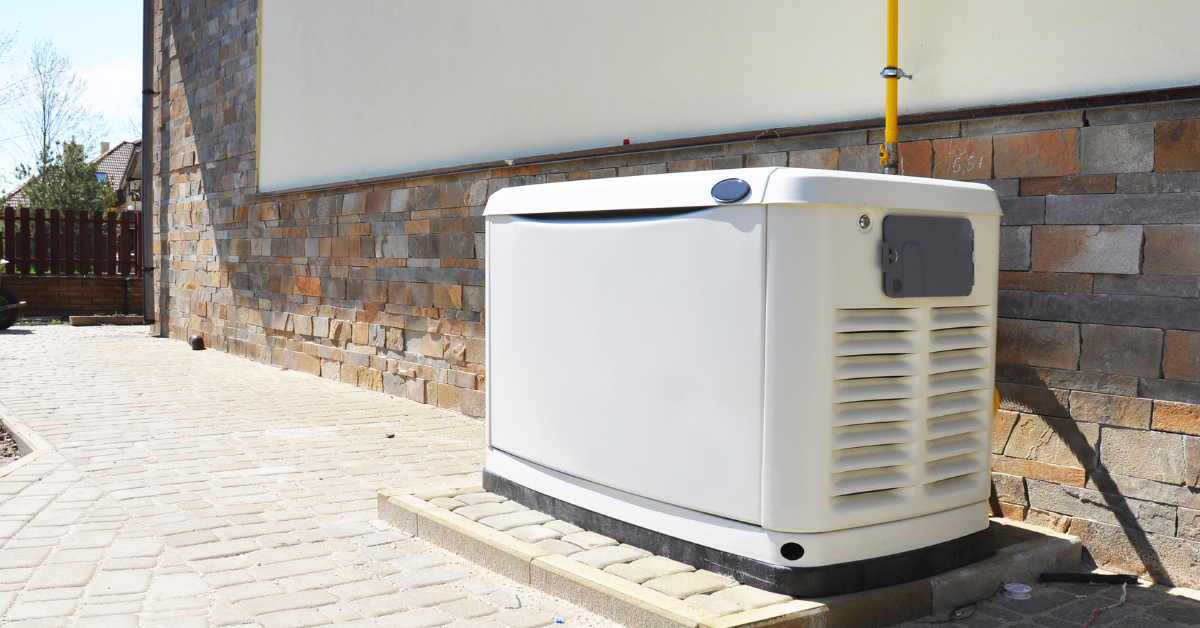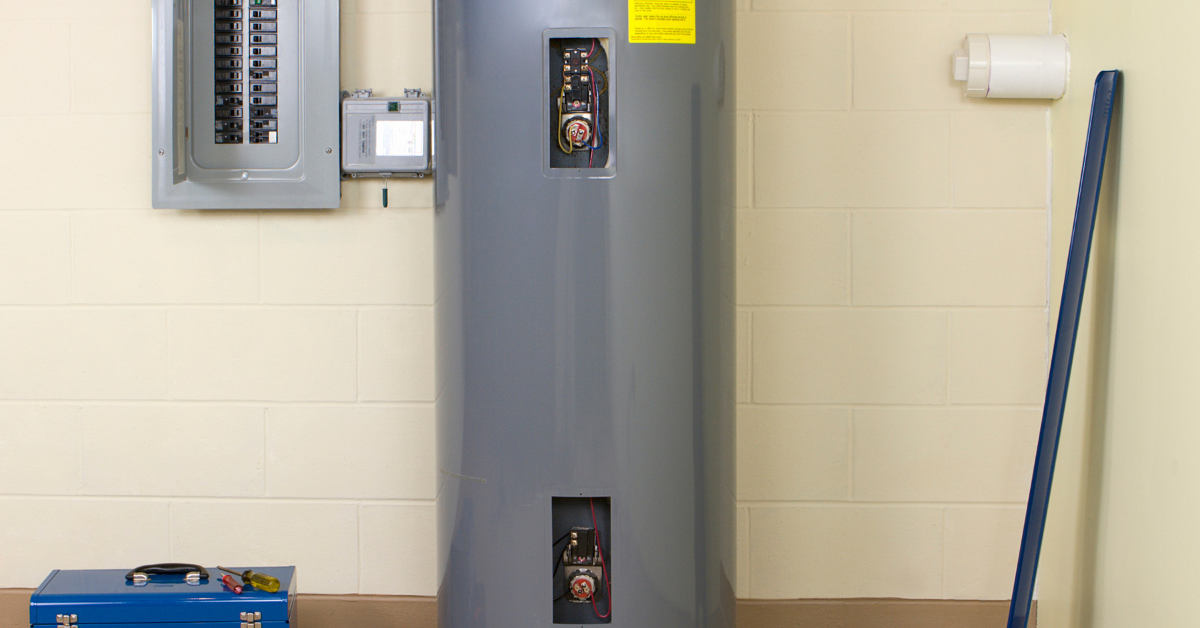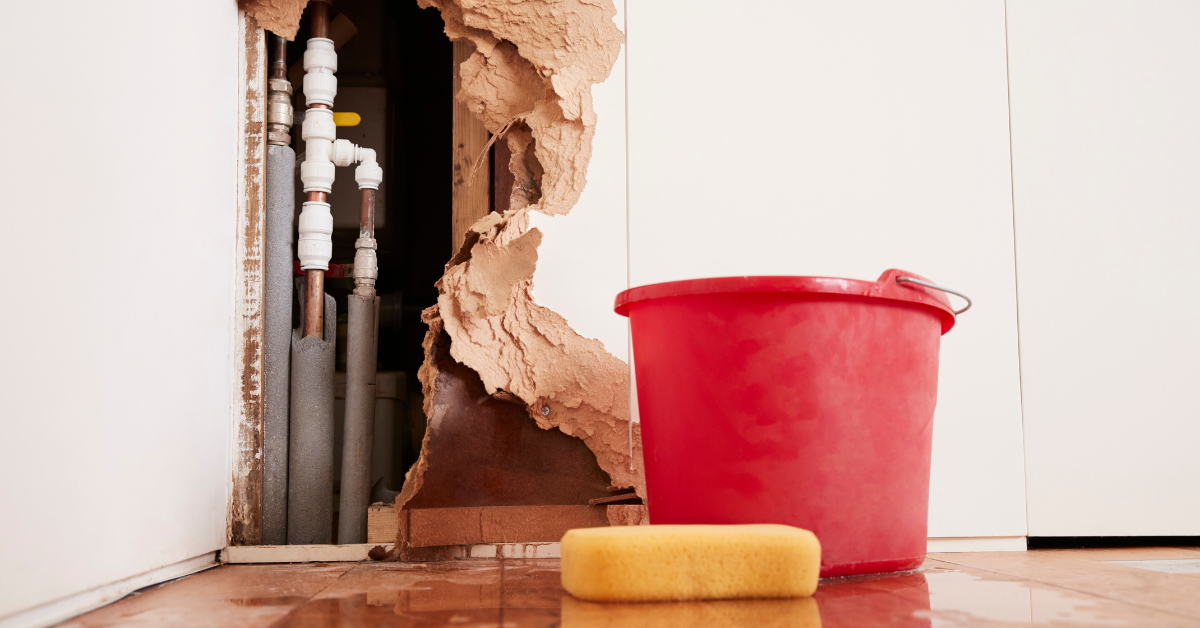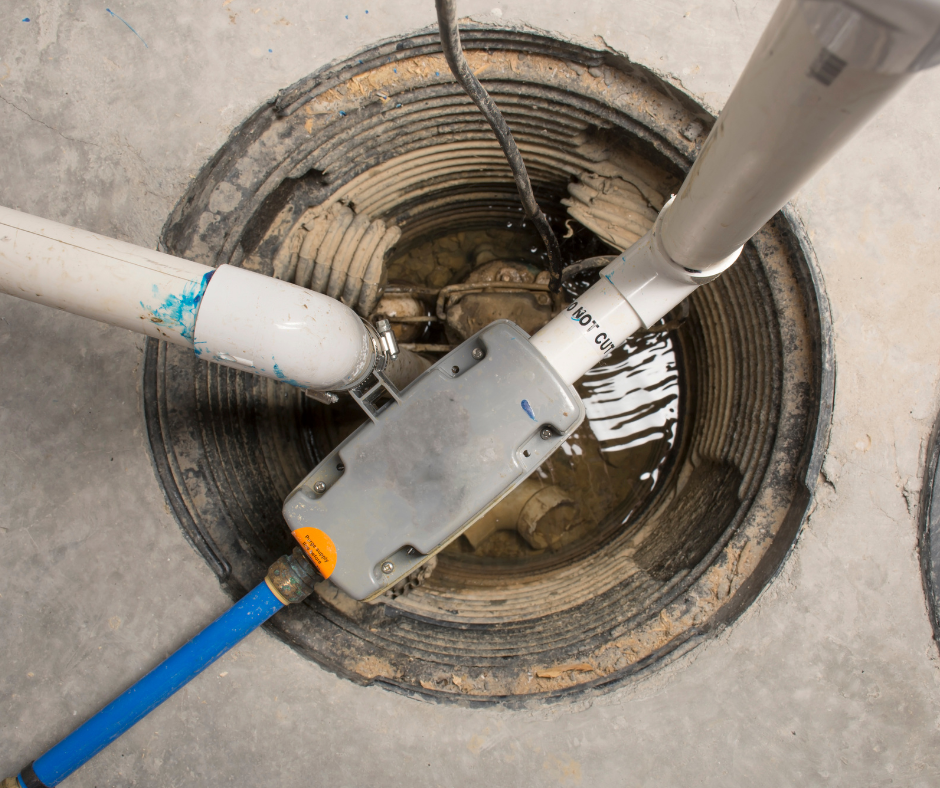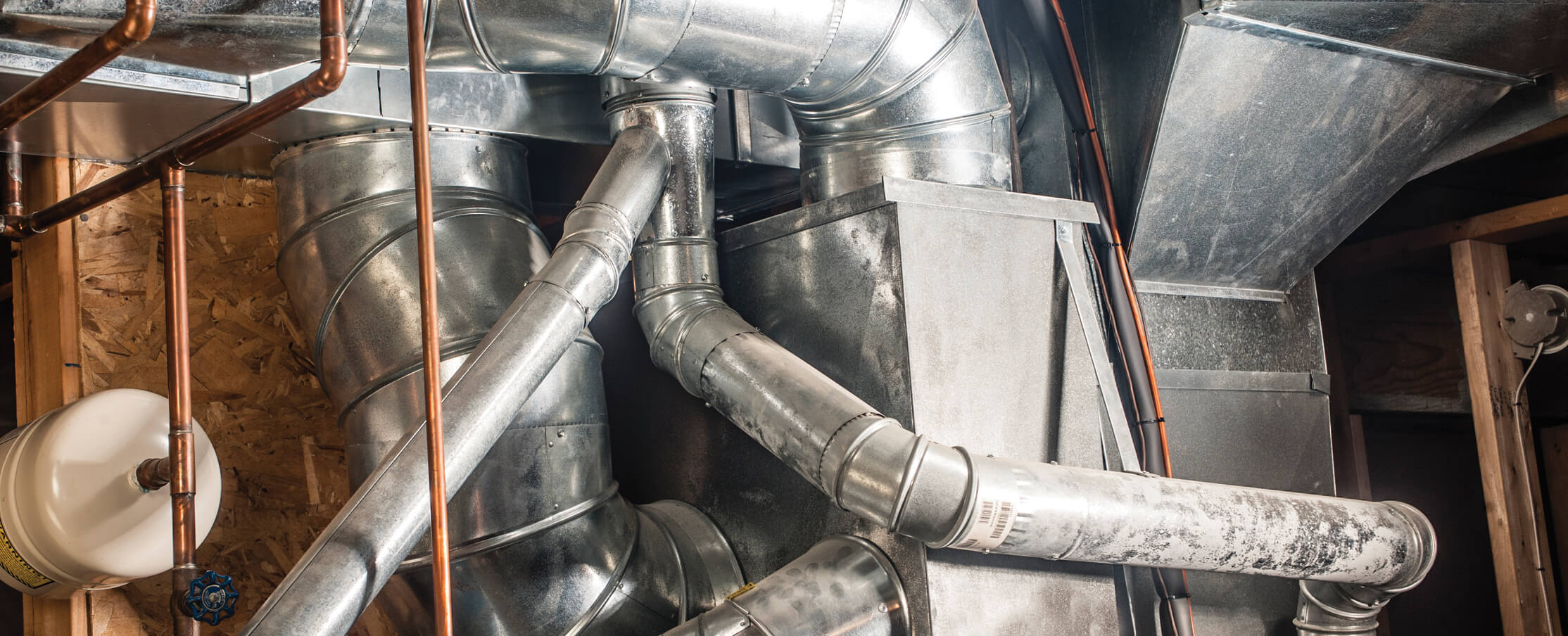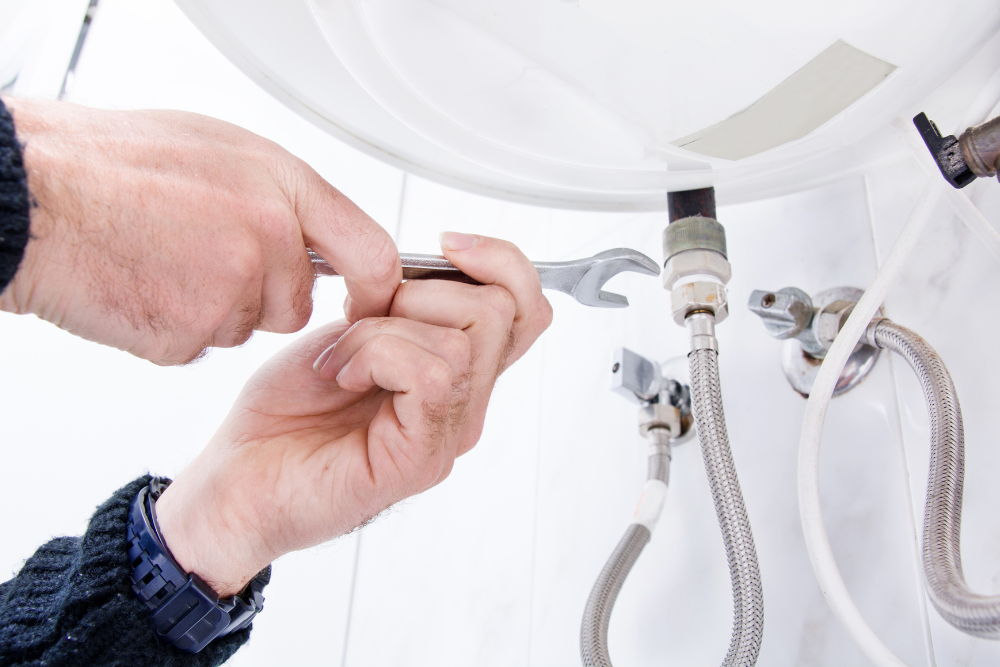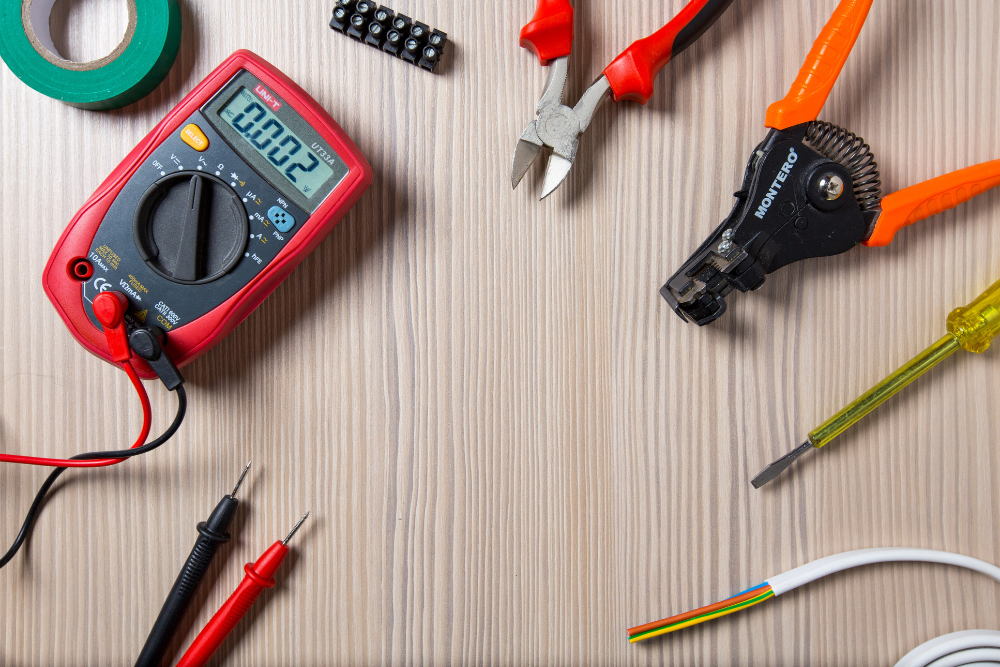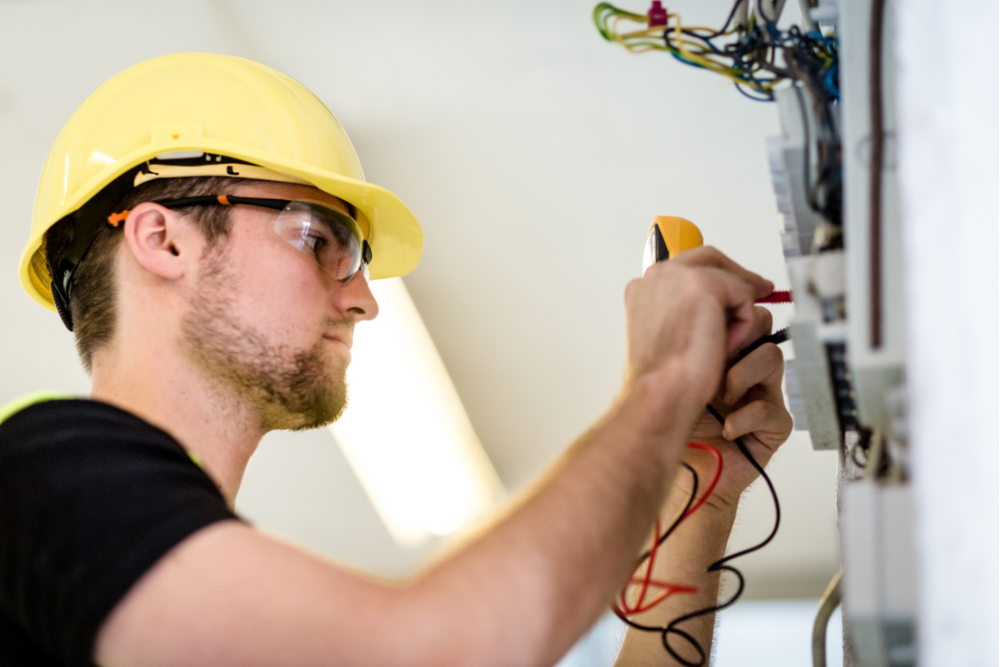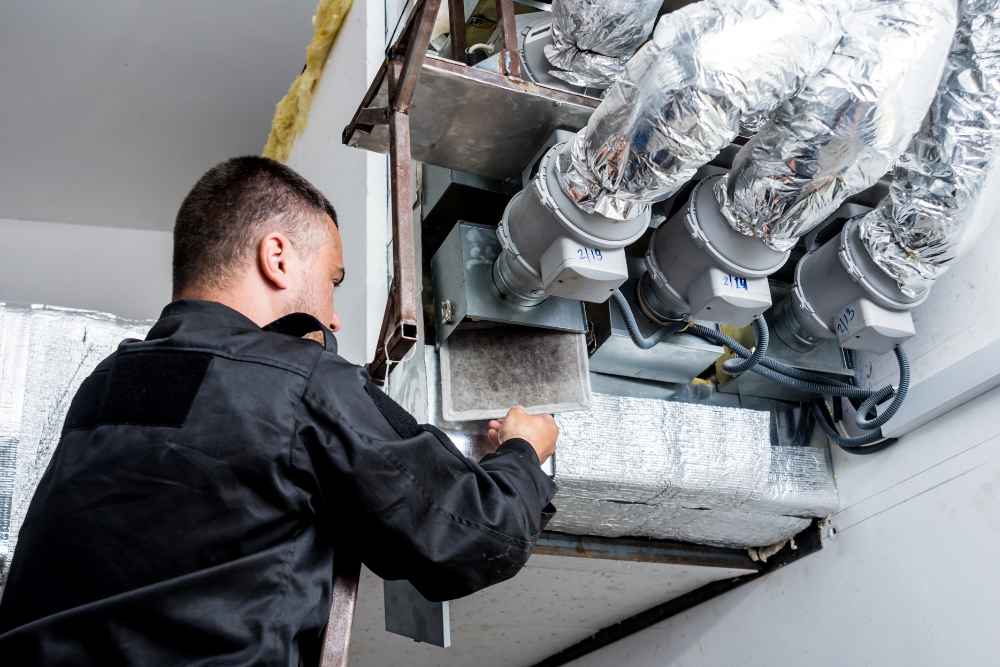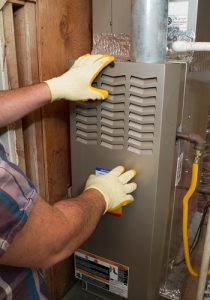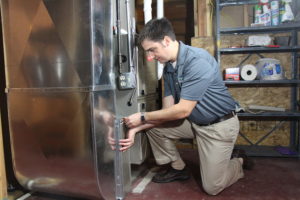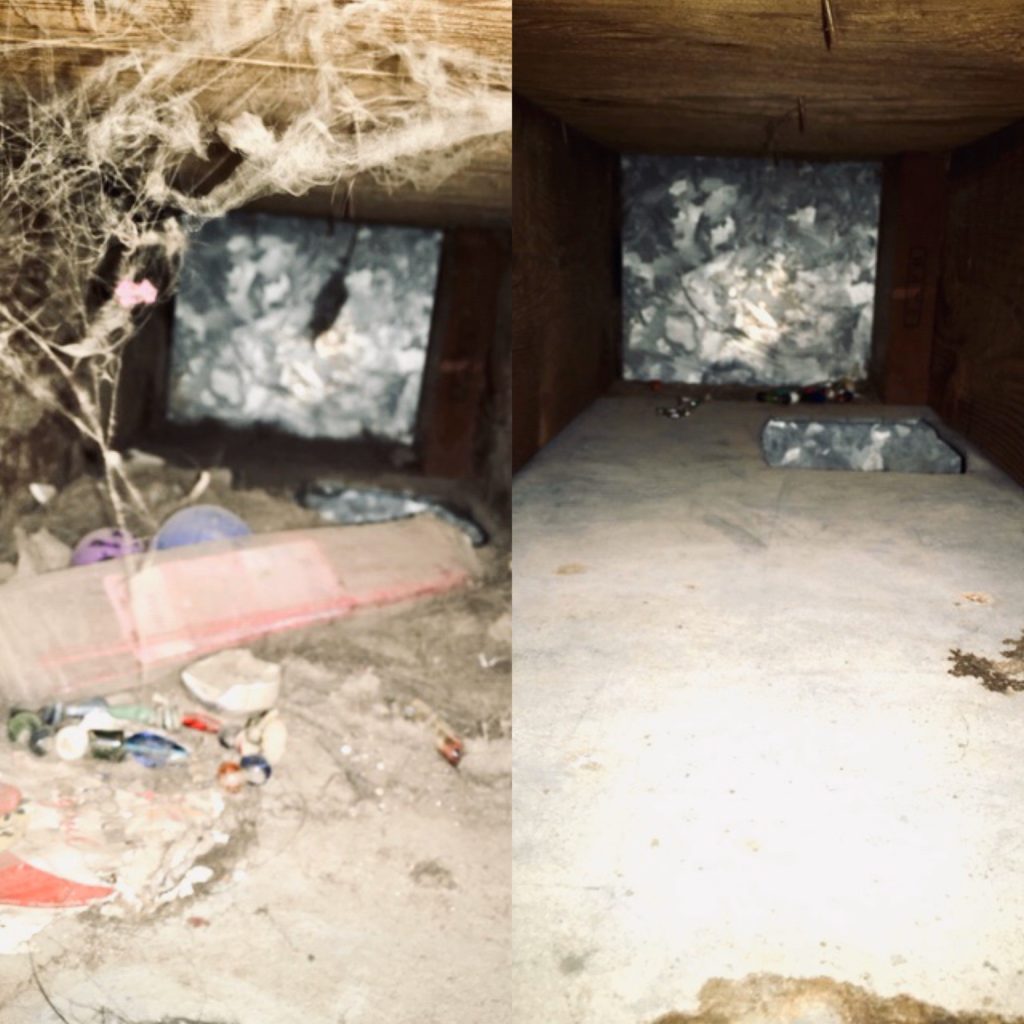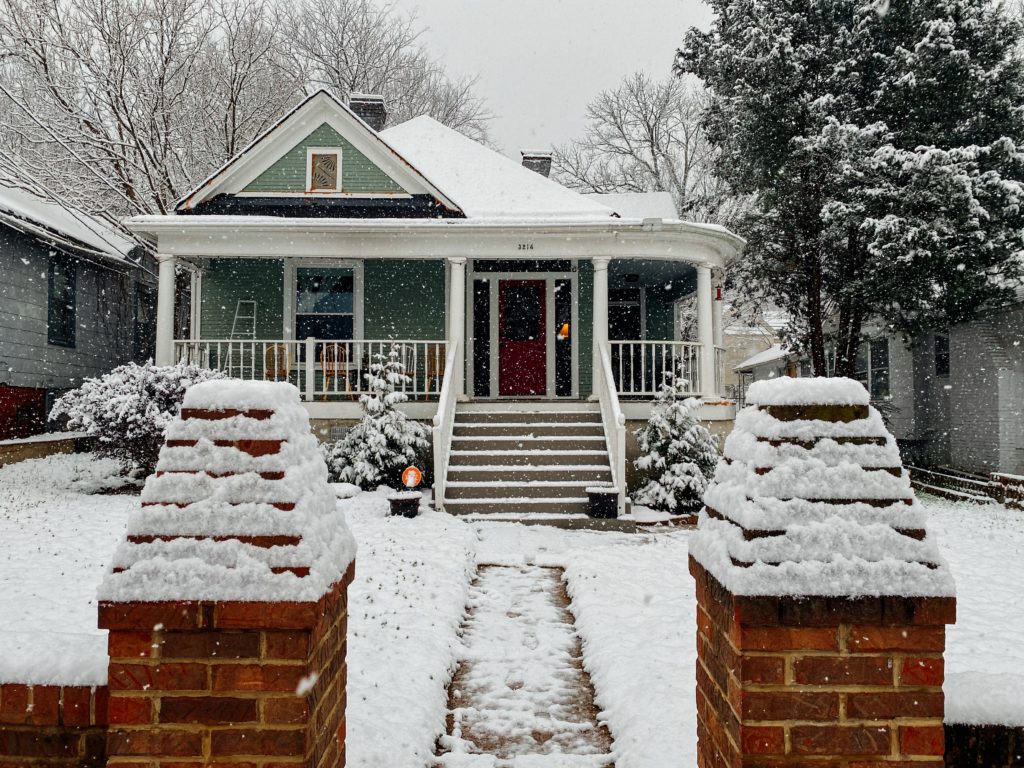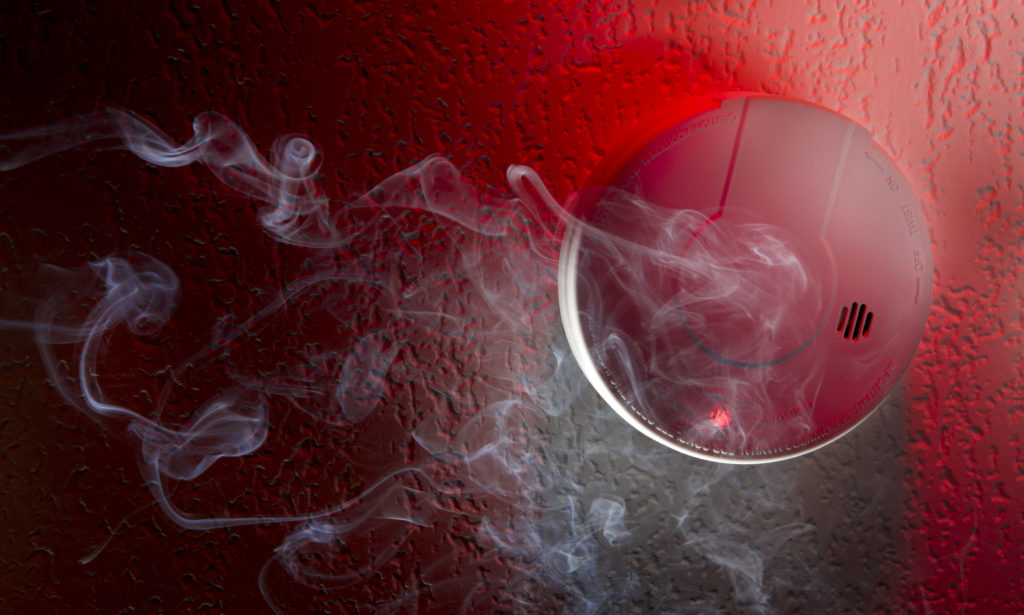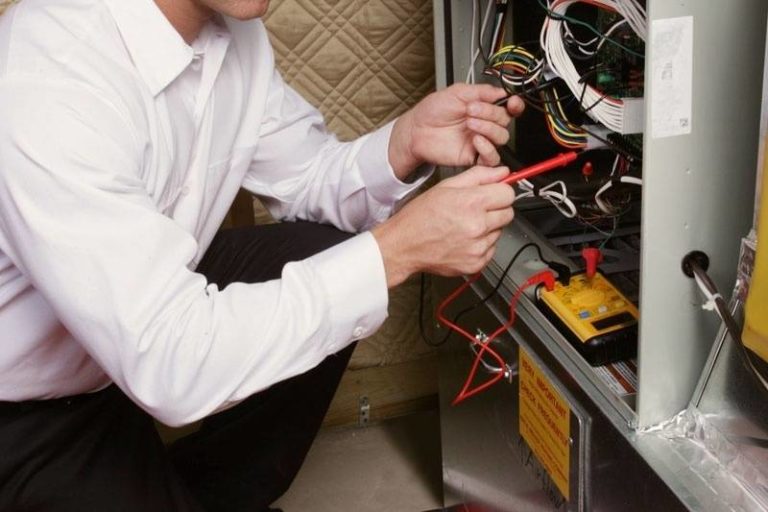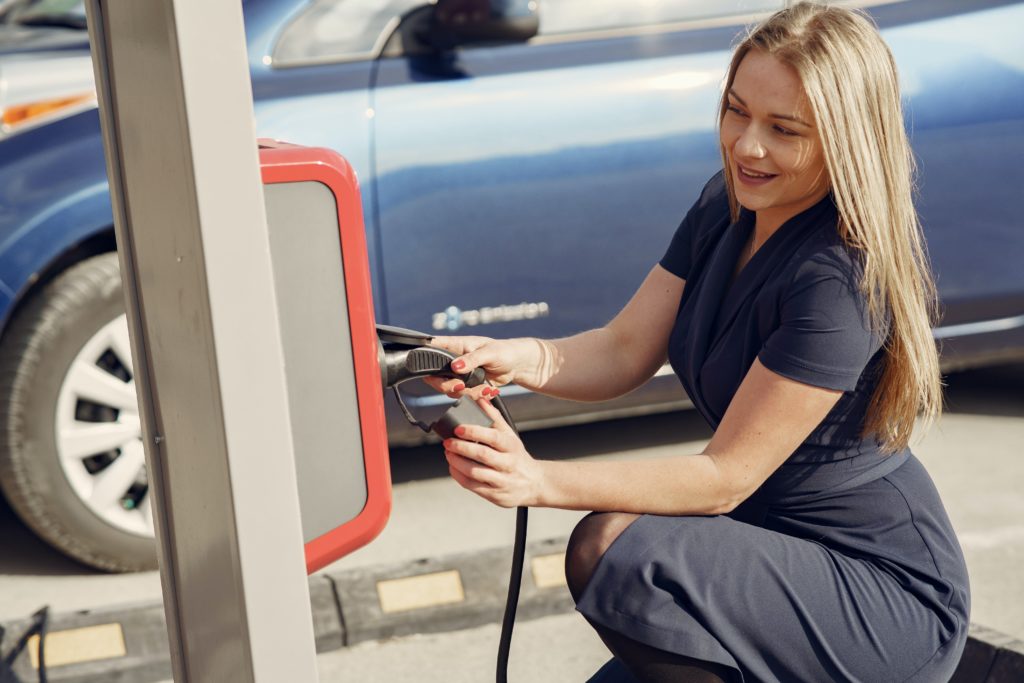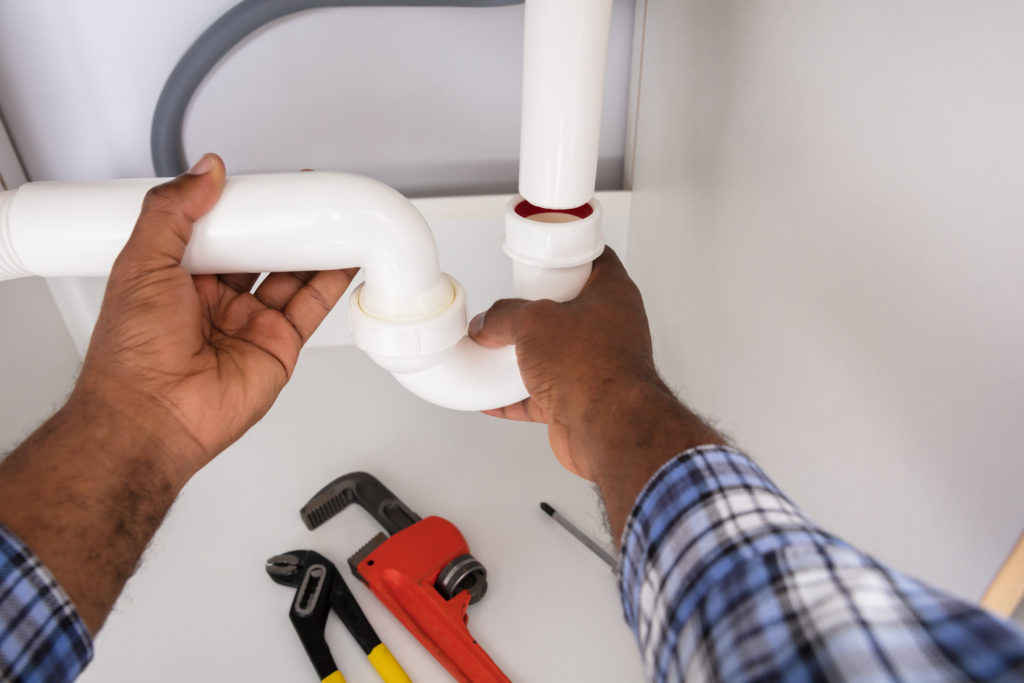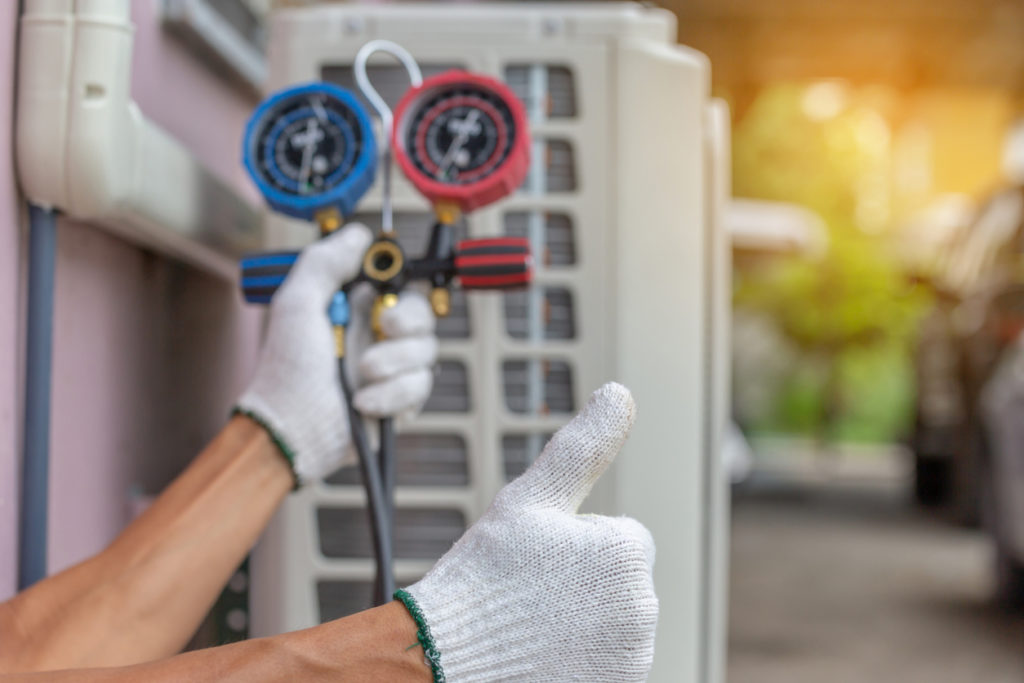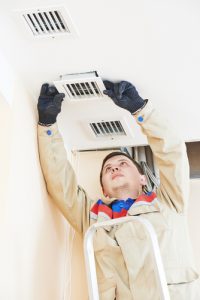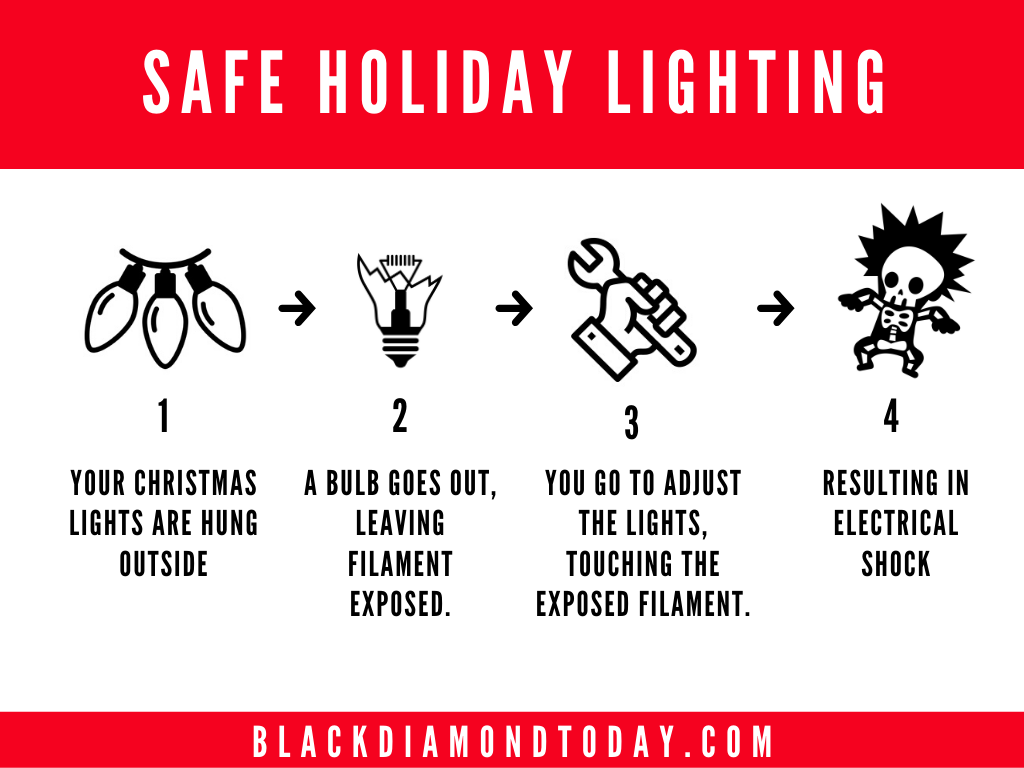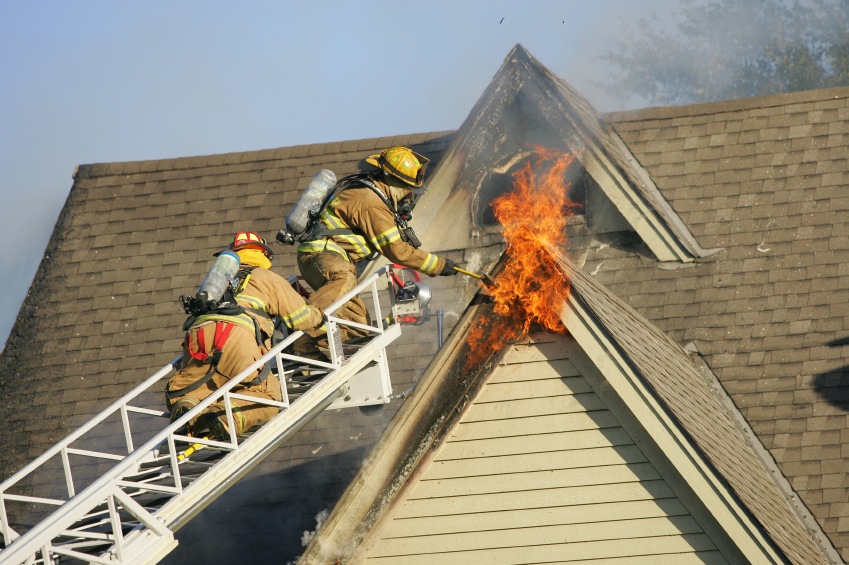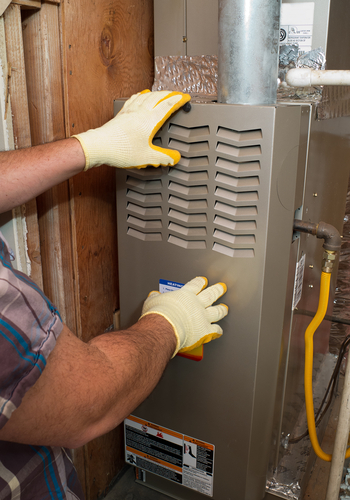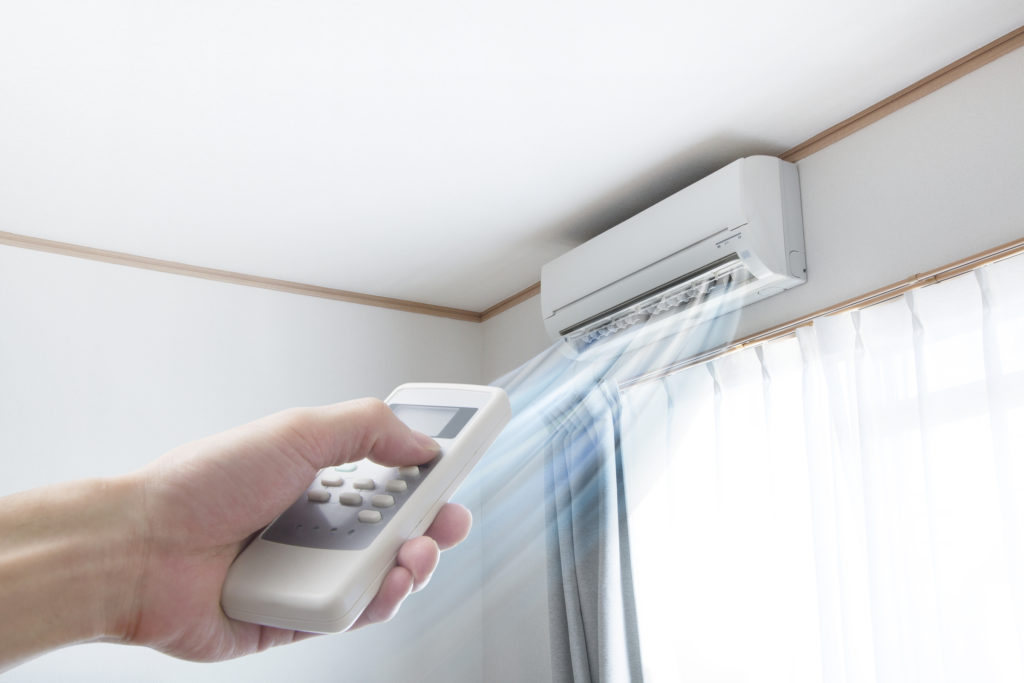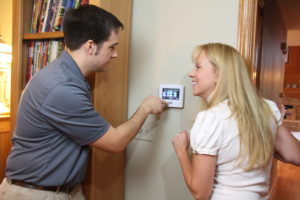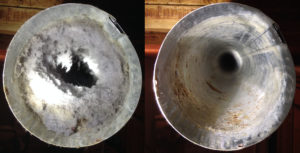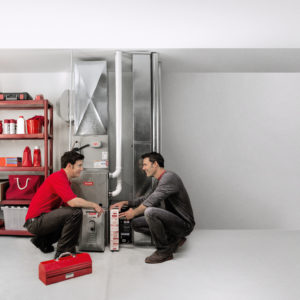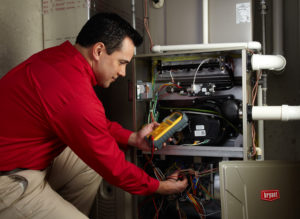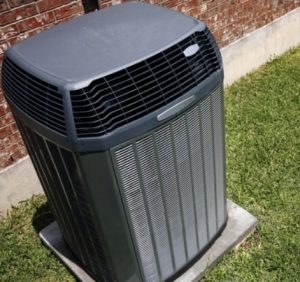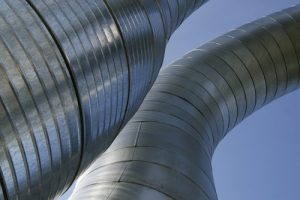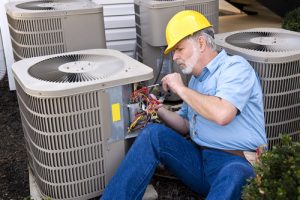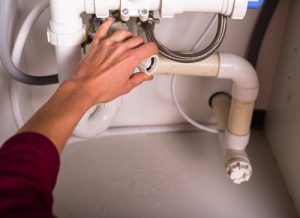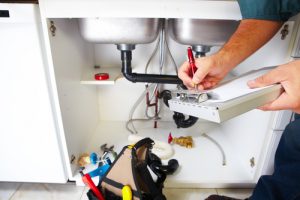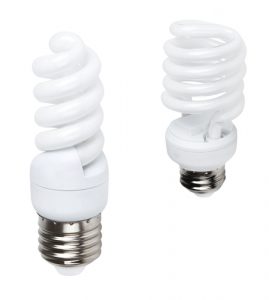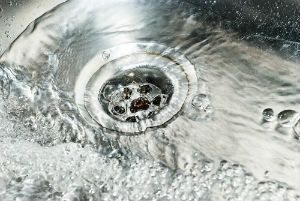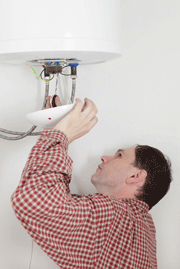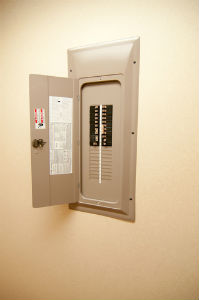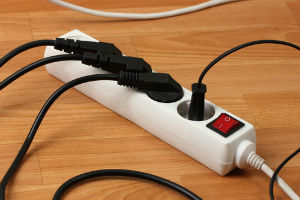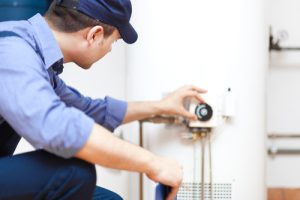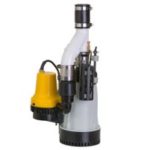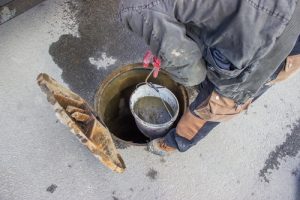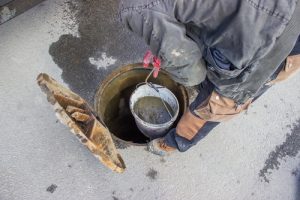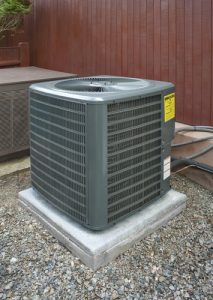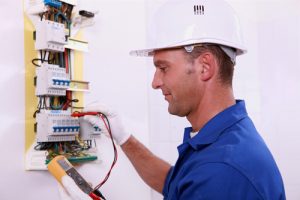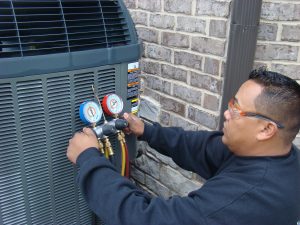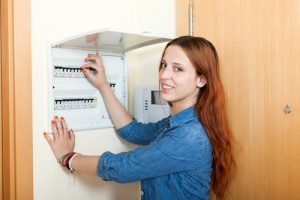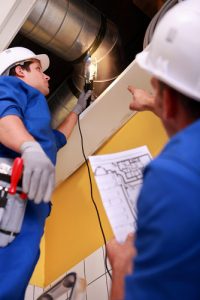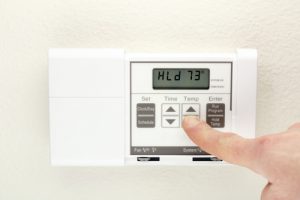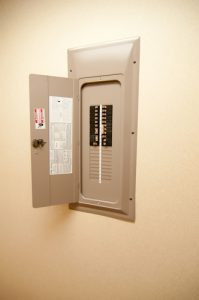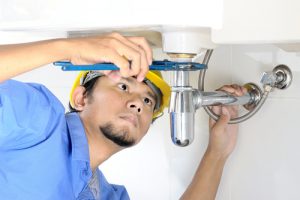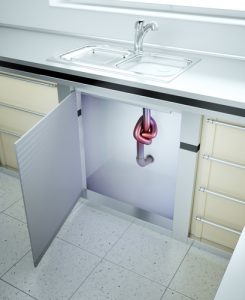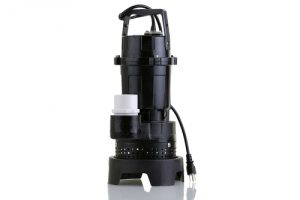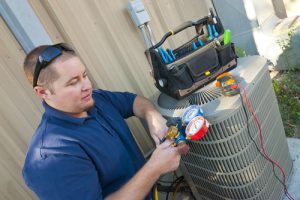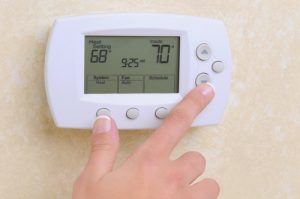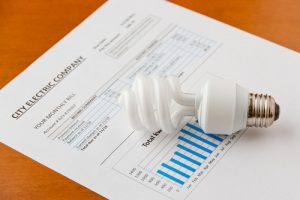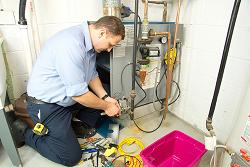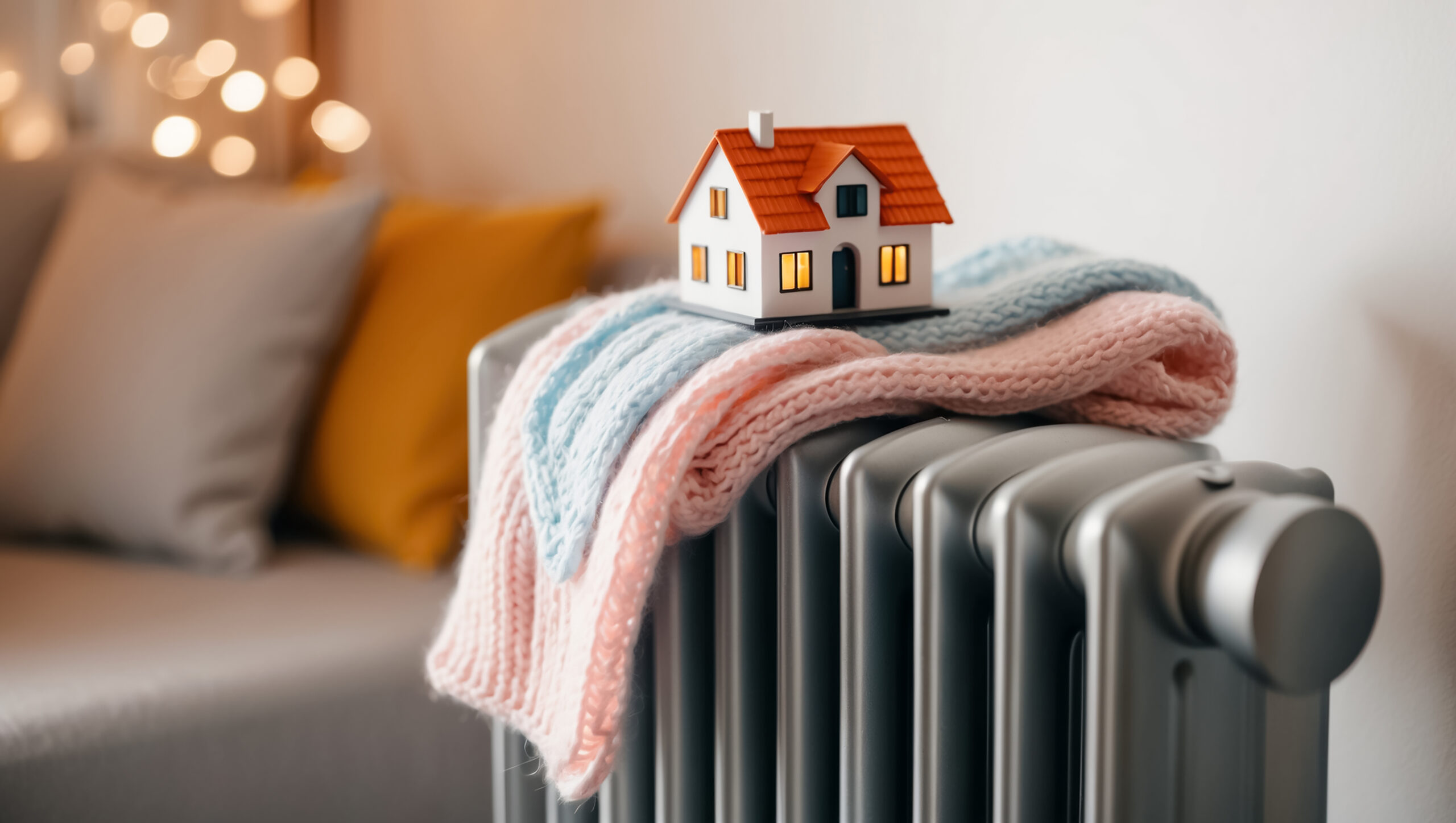Considering a Gas Furnace? Consult Our Guide
Gas furnaces are among the more popular options for homeowners considering a new or replacement heating system. They use a widely-available fuel source—natural gas—which is relatively inexpensive, efficient and easily acquired. They’re usable in all climates, providing reliable heating no matter how cold temperatures get outside. Newer models of gas furnaces provide high levels of fuel efficiency, which reduces monthly operating costs and cuts down on energy waste. If you’re considering a new or upgraded furnace for your home heating needs, the following guide can help you decide if a gas furnace will fit your needs.
How a Gas Furnace Works
Gas furnaces burn a combustible fuel to produce heating. The fuel they use is natural gas, a common and plentiful fossil fuel. In urban settings, natural gas is usually available through a local utility company or service provider. The company will provide a supply line and connections for the equipment in your home that requires gas, such as water heaters, cooking stoves and furnaces.
Even though a gas furnace uses fuel to produce heat, it will still require electricity to operate other necessary components. Electric ignition systems will require a power supply, as will the air handlers and blower fans that help move air from the furnace to the ductwork and into your home.
The standard operation of a gas furnace begins with the thermostat. First, you make adjustments to the settings on the thermostat to establish the indoor temperature you prefer. When temperatures drop below that level, the thermostat senses the change and activates the furnace. Gas burners ignite and produce heat. The heat is transferred to air inside the furnace via the heat exchanger. The blower fan pushes the warm air out of the furnace and into the ductwork, where it travels to vents throughout your home. The warm air exits the vents and warms areas in your house.
Expended air is brought back to the furnace to be filtered, heated and sent back out again. When the indoor temperature reaches the right level, the thermostat shuts down the furnace. The cycle starts again when temperatures drop past the thermostat’s temperature settings.
Choosing a Gas Furnace
Choosing a gas furnace involves taking into account the advantages and disadvantages of gas-based heat. When making your purchasing decision, consult with your local trusted HVAC service provider. This expert will be able to tell you the merits of a gas furnace and can advise you on the best type of system to buy. He or she will know the local climate and how it affects gas furnace operation. Finally, your HVAC expert will be able to properly install the furnace so that it works reliably and safely.
Sizing a Gas Furnace
Before choosing a new gas furnace for your home, you need information that will allow you to select a properly sized system. Sizing applies to the furnace’s capacity and ability to provide heating. A correctly sized furnace produces plenty of heating for your home without overheating or wasting money and energy.
To find out the size of the furnace you need, you have to know your home’s heating load. The heating load is the amount of heat required to keep your indoor living spaces at the temperature preferred by you and the occupants of your home. The best way to determine the heating load is through a heating load calculation. This process involves a careful inspection and assessment of your home by an HVAC professional. The technician will determine a number of important physical and thermal characteristics of your home, taking into account:
- Local climate
- Directional orientation of the structure
- Size and shape of the house
- Number and placement of windows
- Airtightness of the home
- Energy efficiency features, such as amount of insulation and sealing of air and energy leaks
With this information in hand, your HVAC professional can conduct a mathematical calculation that will tell him or her how much heating your unique home space requires. These calculations are usually done with the help of sophisticated computer software. The load calculation should also follow industry-accepted standards, such as those in Manual J: “Residential Load Calculations,” as created by the Air Conditioning Contractors of America (ACCA).
When you know your home’s heating load, you and your HVAC contractor will be able to select a new gas furnace that provide exactly that much heating. You’ll avoid buying a system that’s too small and unable to provide enough heat, and one that’s too large that will overheat and waste energy.
Gas Furnace Efficiency
Furnace efficiency is represented by the unit’s annual fuel utilization efficiency (AFUE). This numerical designation is determined under controlled laboratory conditions and refers to how much energy in the natural gas fuel is converted to usable heat when the gas is burned. In a furnace with an AFUE of 85, for example, 85 percent of the energy in the fuel becomes heat that can be used to warm your home. The other 15 percent is lost through leakage or through the exhaust system.
Replacing existing low-AFUE furnaces with high-AFUE models can produce significant savings on monthly energy costs. For example, the U.S. Department of Energy (DOE) estimates that replacing an older AFUE 50 furnace with an AFUE 80 model can save at least 15 percent on monthly energy bills. Replacing an AFUE 50 model with an AFUE 95 furnace can potentially cut heating bills nearly in half.
You can usually find information about a new gas furnace’s AFUE rating on the unit’s EnergyGuide label, which contains important data such as its efficiency rating, projected cost of operation and fuel consumption estimates. The Energy Star label, which is granted by the U.S. government, is also a reliable indicator of furnace efficiency.
Currently, U.S. Federal Trade Commission (FTC) regulations require new gas furnaces to carry an AFUE rating of at least 78. Gas furnaces with an AFUE of 90 or higher are considered high-efficiency models.
Efficiency-Boosting Features for Gas Furnaces
Gas furnaces can be equipped with additional components and features that improve their function and boost their efficiency. They include:
- Variable-speed blower motors – Unlike older blowers that always operated at full capacity, variable-speed motors have a lower energy-saving operating level that can be used most of the time. When additional capacity is needed, the blower shifts to its higher level. As temperature needs decrease, the blower reverts to the lower speed. The lower level of operation typically uses 60 percent less electricity than the higher level.
- Electronic ignition – Instead of using a pilot light that burns constantly and uses fuel, systems with electronic ignitions use a device that produces a fuel-igniting spark only when needed.
- Dual heat exchangers – Some furnace models, known as condensing furnaces, use a second heat exchanger to extract additional heat from the furnace’s exhaust gases. This conserves energy and recovers heat energy that would otherwise be wasted as the exhaust is vented to the outdoors. Condensing furnaces get their name from the fact that the heat extraction process causes exhaust gases to condense into a liquid called carbonic acid. For this reason, condensing furnaces also require a drainage system to remove this liquid.
Two-Stage Gas Furnaces
Two-stage furnaces improve efficiency by providing two different levels of burner operation. The furnace runs the burner on high when necessary, but can reduce the burner to a lower operation level when less heat is needed. This two-stage operation allows the furnace to burn fuel more efficiently, which saves both energy and money.
Modulating Gas Furnaces
Modulating gas furnaces provide even greater control over flame level, allowing incremental changes to the flame that keep temperatures within one or two degrees of the settings at the thermostat. These furnaces will also have a variable-speed blower to add additional efficiency. Modulating gas furnaces are among the more costly heating systems available, but they provide AFUE ratings near 98 percent.
Tax Credits for High-Efficiency Gas Furnaces
Homeowners who purchase and install high-efficiency gas furnaces can qualify for tax credits that can offset the price of the equipment. The federal 25C tax credits are available for high-efficiency (AFUE 95 or higher) natural gas furnaces purchased and installed in a primary residence between January 1, 2012, and December 31, 2013. The credit is currently $150 and is taken off the qualifying homeowner’s individual income tax.
Gas Furnace Safety
Keep in mind that gas furnaces use a volatile combination of flame and combustible gas to produce heat. The burning of the fuel also produces potentially dangerous exhaust gases, particular carbon monoxide (CO). Carbon monoxide cannot be seen, tasted or smelled but it can harm health and, in the right concentrations, it can kill.
For these reasons, safety should be a major concern when choosing and installing a new gas furnace. Make sure the unit’s in good condition, that all of your gas lines and connections are undamaged, that chimneys and exhaust systems are functional, and that the installation is performed by a licensed and qualified HVAC expert.
Black Diamond Plumbing & Mechanical is a premier provider of HVAC services throughout Chicagoland, including heating, cooling, plumbing and electrical needs. Contact us today for more information on gas furnaces and for expert help choosing a gas furnace that will meet your needs for this winter and many winters to come.
Recent Posts
Request Service
Please fill out the form and we will get in touch with you shortly. We look forward to serving you!
Request Service
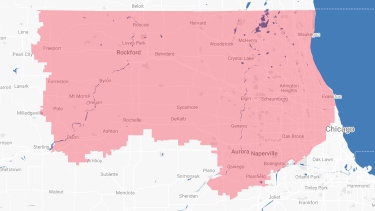
Proudly Serving
The Chicagoland AreaAddison | Algonquin | Antioch | Arlington Heights | Aurora | Barrington | Bartlett | Batavia | Beloit | Belvidere | Bensenville | Bloomingdale | Bolingbrook | Buffalo Grove | Byron | Caledonia | Capron | Carol Stream | And Much More!
VIew ALL



